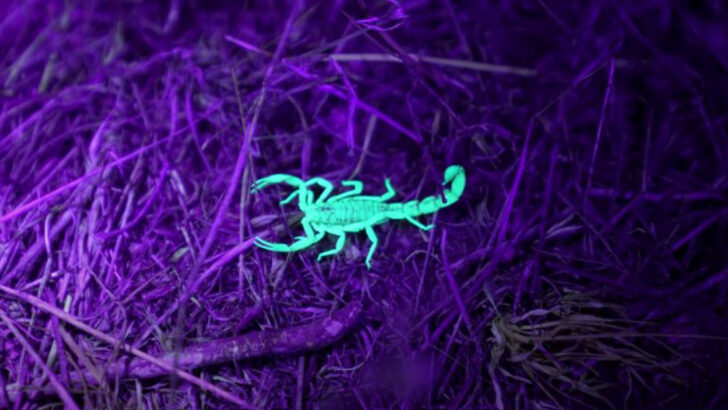Scorpions are enigmatic creatures often shrouded in mystery and misconceptions.
Known for their fearsome pincers and venomous sting, these arachnids have fascinated and frightened humans for centuries. However, there’s more to these creatures than meets the eye.
From their extraordinary adaptability to their ancient lineage, scorpions hold secrets that are both intriguing and unsettling. Join us as we explore 16 surprising truths about scorpions that will not only inform but also give you goosebumps.
Whether you’re a seasoned arachnologist or just curious, these revelations are sure to captivate your imagination.
Ancient Survivors

Scorpions are among the oldest creatures on Earth, having existed for over 430 million years. They have survived mass extinctions that wiped out the dinosaurs and have evolved very little, maintaining their fearsome appearance.
This resilience is a testament to their adaptability and tenacity in harsh environments. Their ancient lineage places them among the planet’s most enduring life forms.
It’s fascinating to consider that these creatures roamed the Earth long before humans appeared. Their survival story is not just about persistence but also about evolution’s remarkable ability to adapt and thrive.
Glowing Under UV Light

Did you know scorpions glow in the dark? Under ultraviolet light, their exoskeleton emits a bright blue-green fluorescence. This unique trait has sparked many studies, yet scientists are still puzzled over its purpose.
Some theories suggest it could be a form of communication, while others propose it helps them avoid sunlight’s harmful effects.
Regardless of its purpose, this glow is both eerie and mesmerizing, offering a glimpse into the mysterious world of these nocturnal hunters. Their bioluminescent quality adds an otherworldly dimension to their already formidable presence.
Venomous Arsenal
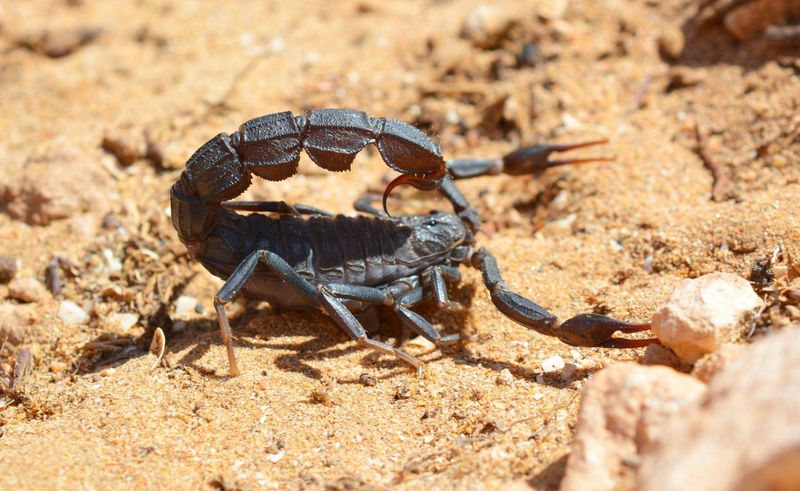
Scorpions wield venomous stingers that they use for both hunting and self-defense. Their venom is a complex cocktail of neurotoxins, varying in potency across different species.
The majority of scorpions pose no threat to humans, despite their fearsome reputation. Each sting is a calculated move, reflecting the scorpion’s role as both predator and prey in the animal kingdom.
Interestingly, the potency of the venom can adapt to their needs, showcasing their evolutionary prowess. Few creatures command the same respect with just a single, poised stinger.
Diverse Habitats
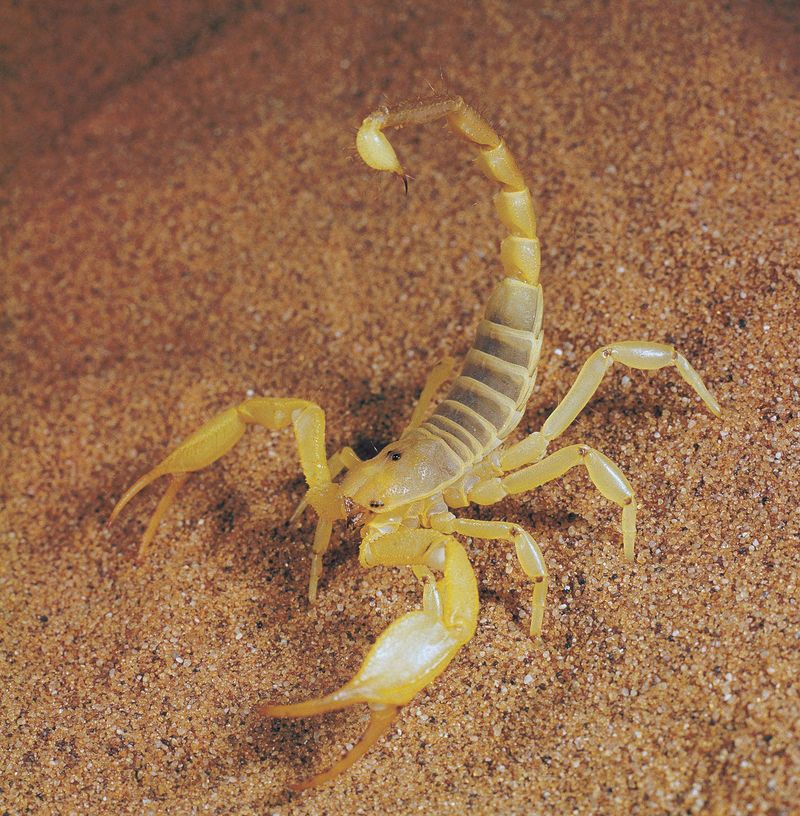
Scorpions are incredibly adaptable and can be found in diverse habitats ranging from deserts to rainforests. These resilient creatures have developed survival strategies to thrive in extreme conditions, such as burrowing to escape heat or retaining moisture through their efficient metabolism.
Their wide distribution makes them one of the most geographically diverse groups of arachnids. This adaptability underscores their evolutionary success, allowing them to colonize and dominate various ecosystems.
It’s astonishing how these arachnids conquer such a broad spectrum of environmental challenges.
Motherly Instincts
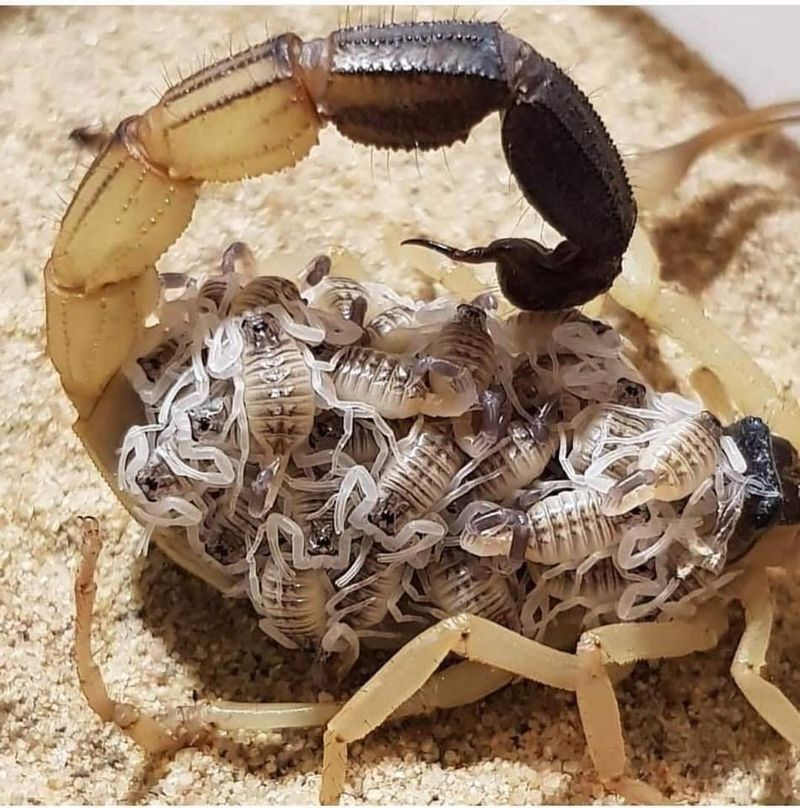
Unlike many arachnids, scorpions exhibit fascinating maternal behavior. Female scorpions carry their newborns on their back until they undergo their first molt. This period of protection is crucial for the young scorpions’ survival in a world filled with predators.
Their maternal instincts reflect a side of scorpions that contrasts with their fierce reputation. It’s a touching reminder of the universal bond of motherhood that transcends species.
This care ensures that the next generation is ready to face the challenges of the wild, continuing the ancient lineage of these remarkable creatures.
Silent Hunters
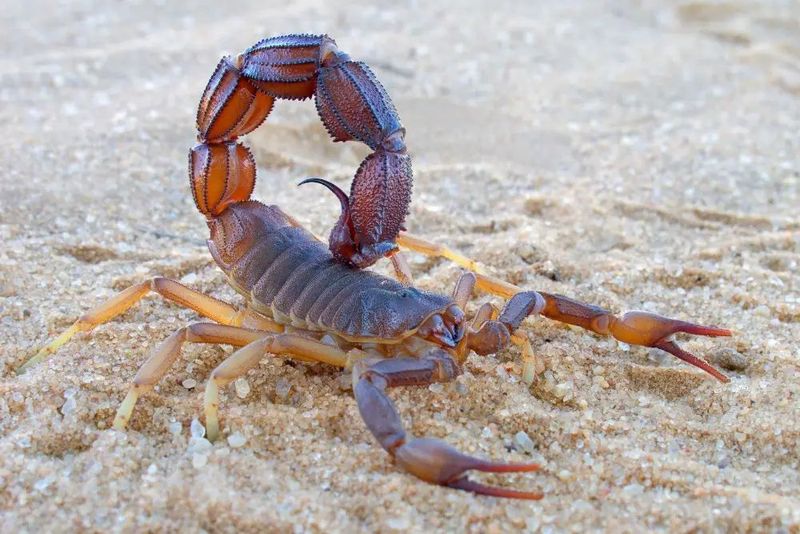
Scorpions are silent hunters, mostly active during nighttime. Their predatory strategies rely on stealth and precision, allowing them to ambush unsuspecting prey. Equipped with sensitive hairs on their pincers, they detect vibrations, guiding them to their next meal.
Their nocturnal habits are perfectly adapted to avoid the heat and predators of the daytime. The silent ballet of a scorpion on the hunt is a fascinating display of patience and skill, where every move is calculated and decisive.
It’s a world where silence speaks volumes in the dance of life and death.
Remarkable Longevity
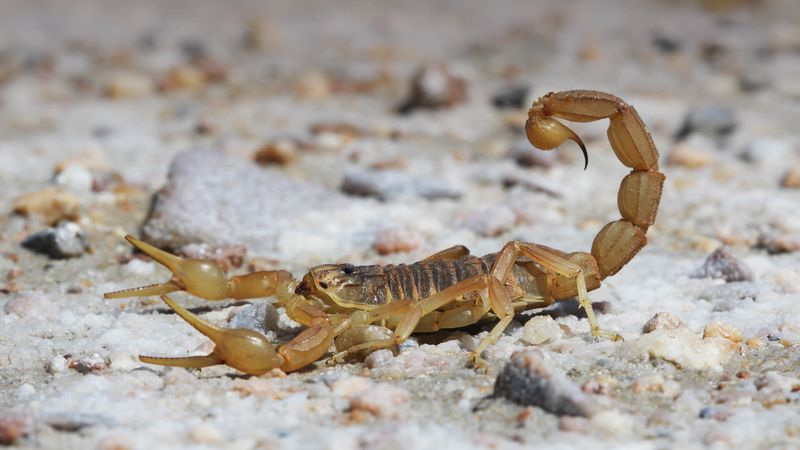
Scorpions boast lifespans that often exceed those of other arachnids. Some species can live up to 25 years under the right conditions. This longevity is attributed to their efficient metabolism and ability to survive months without food.
Their extended lifespan allows them to play significant ecological roles as predators and prey. The wisdom of age is embodied in these ancient survivors, each carrying stories of survival and adaptation.
Their long lives are a testament to their resilience and the intricate balance of nature.
Unique Courtship Dance

The courtship dance of scorpions is a fascinating ritual. Males and females engage in an elaborate ‘dance’ where they lock pincers and perform a coordinated motion.
This dance is essential for successful mating, ensuring both parties are receptive. The intricate choreography is a blend of aggression and tenderness, reflecting the duality of their existence.
This ritual highlights the complexity of their social interactions, often overlooked in the shadow of their fearsome reputation. It’s a reminder of the subtle beauty hidden in the natural world.
Survival through Adaptation

Adaptation is key to the success of scorpions. They have evolved to survive a variety of environments, from arid deserts to bustling urban landscapes. This adaptability is not just physical but also behavioral, allowing them to exploit new resources and niches.
Their survival through adaptation is a remarkable display of nature’s ingenuity, showcasing how life finds a way in the most unexpected places.
Scorpions remind us that change is not just inevitable but essential for survival. Their story is one of constant evolution and resilience.
Varied Diet
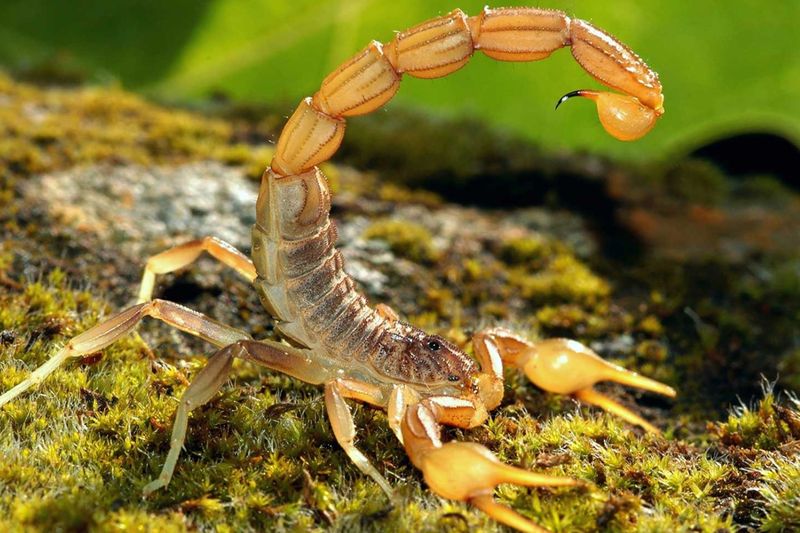
Scorpions have a varied diet, primarily consisting of insects and small animals. Their role as predators helps control pest populations, playing an essential part in maintaining ecological balance.
Some species even consume snakes and small mammals, showcasing their versatility. Their dietary habits reflect their adaptability and resourcefulness, traits that have helped them thrive for millions of years.
A scorpion’s meal is a testament to its predatory prowess, where each bite is a step in the intricate dance of the food web. It’s a world where survival is both an art and a necessity.
Hydration from Prey
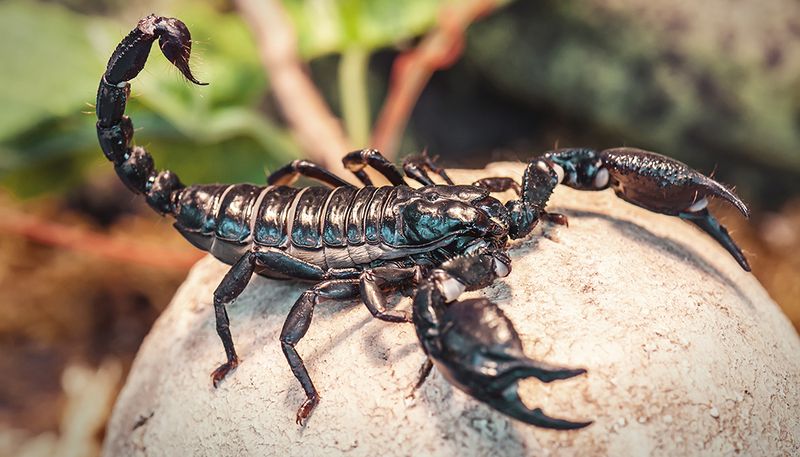
Scorpions have a unique way of staying hydrated, deriving most of their water intake from their prey. This adaptation allows them to survive in some of the most arid regions on Earth where water is scarce.
Their ability to extract moisture from prey showcases their remarkable adaptability and resilience. It’s a survival strategy that has enabled them to thrive in environments where other creatures would struggle.
This method of hydration is a fascinating aspect of their biology, reflecting the ingenuity of life in the face of adversity.
Exoskeleton Molting
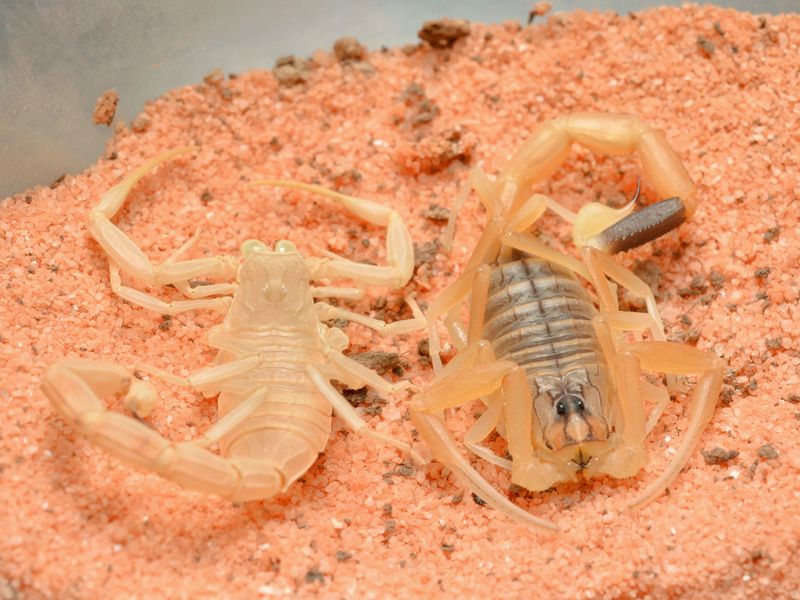
Scorpions undergo molting, a process where they shed their exoskeleton to grow. This is a vulnerable time for them, as they become soft and defenseless until the new exoskeleton hardens.
Molting is crucial for their development, allowing them to increase in size and repair any damage. This process is a beautiful yet dangerous part of their life cycle, symbolizing growth and renewal.
It’s a delicate dance with nature, where survival hinges on timing and the ability to withstand external threats during this pivotal phase.
Impressive Speed
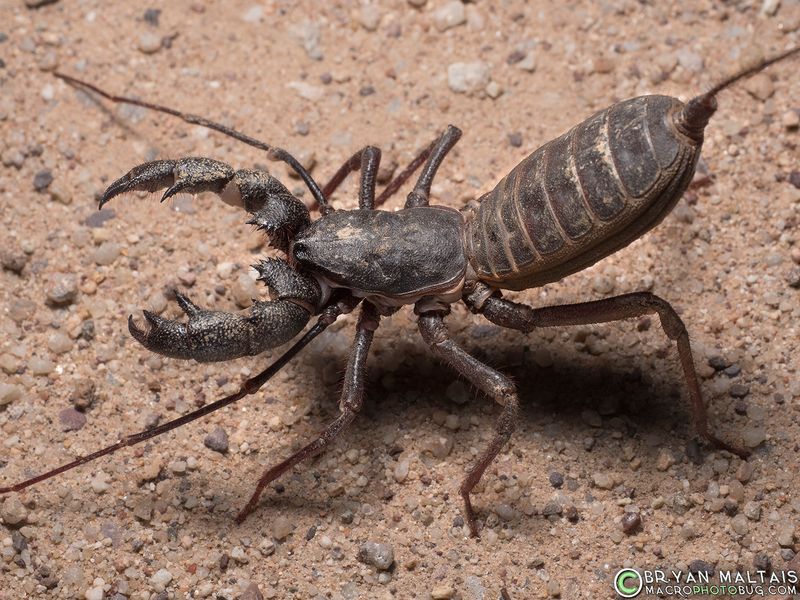
Scorpions are surprisingly swift, capable of quick bursts of speed when necessary. This agility helps them capture prey and evade predators. Their speed is a blend of power and precision, allowing them to navigate their environment effectively.
The impressive speed of scorpions is a testament to their predatory skills and survival instincts. In a world where every second counts, their ability to move swiftly can mean the difference between life and death.
It’s a reminder of the dynamic balance of nature, where every creature must stay one step ahead.
Environmental Indicators

Scorpions are important environmental indicators, sensitive to changes in their surroundings. Their presence or absence can reveal much about the health of an ecosystem. Scientists study scorpions to understand environmental impacts and biodiversity.
These arachnids, often feared and misunderstood, play a crucial role in ecological research. Their sensitivity to environmental changes reflects their intricate connection to the natural world.
As indicators, scorpions help us decipher the complex language of ecosystems, guiding conservation efforts and ecological understanding.
Ancient Symbolism

Throughout history, scorpions have been symbols of mystery and power in various cultures. Ancient Egyptians revered them as guardians of the afterlife, while in Greek mythology, they were associated with the constellation Scorpio.
Their symbolic presence in art and literature reflects humanity’s fascination with these enigmatic creatures. The scorpion’s image is often tied to themes of protection, danger, and transformation.
This rich tapestry of symbolism highlights the cultural significance of scorpions, bridging the ancient and modern worlds through myth and meaning.
The Unparalleled Tail Mechanics
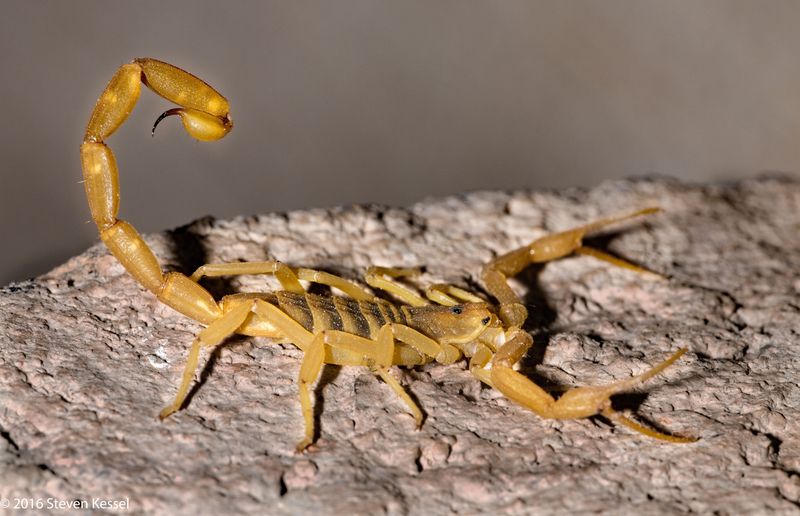
In the realm of scorpions, the tail is an engineering marvel. It’s not merely a weapon but a complex tool of survival. Each segment of the tail contributes to its incredible flexibility and precision, enabling the scorpion to strike with unmatched speed.
The venomous sting, located at the tip, is delivered with split-second accuracy, an evolutionary masterpiece designed for defense and hunting. But the tail’s secrets don’t end there.
Some species use their tails for communication, performing intricate dances to warn off predators or attract mates, a testament to their versatile nature.

